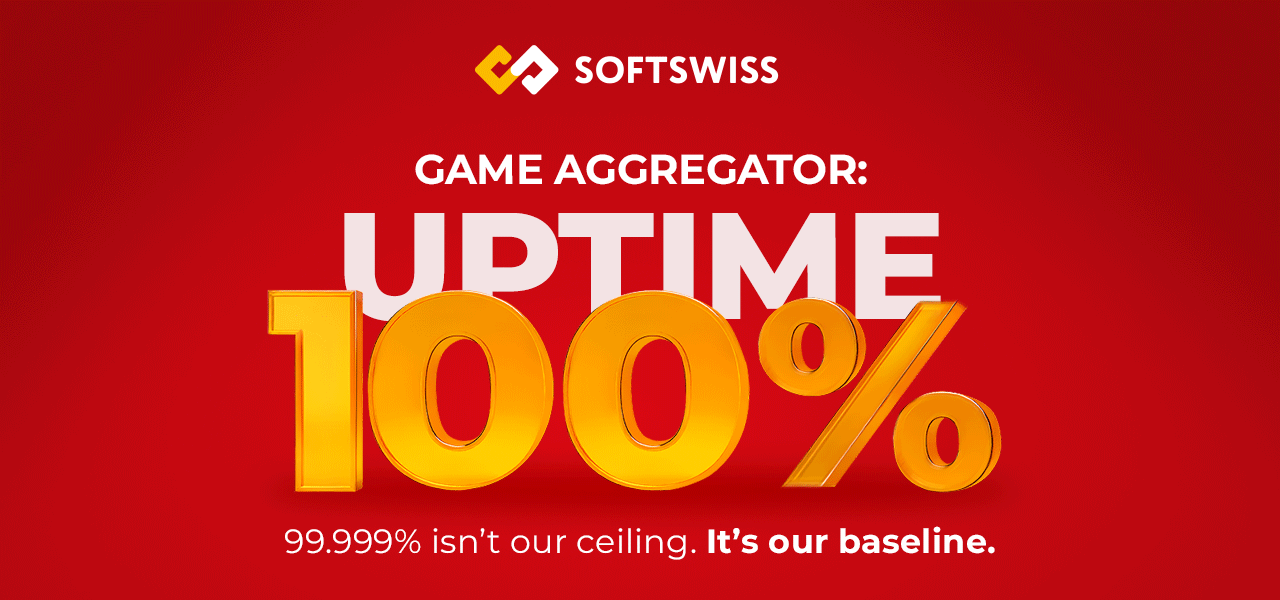ProgressPlay will integrate the Beehive marketing platform to provide data-driven retention and conversion support across more than 100 white-label partners, which include Winsome Casino and AnyTime Casino among others.
‚ÄúOperators using our white-label casino solution demand the very best in data-driven marketing, so it made sense for us to migrate to the Beehive platform. We have been particularly impressed by Beehive commitment to industry-tailored marketing products, and we are excited to see what innovative new features will be added in the coming months. The Beehive team has been a pleasure to work with, and we look forward to developing a long and mutually beneficial relationship.‚ÄĚ –¬†said Itai Loewenstein, CEO at ProgressPlay.
Beehive founder and CEO Adi Dagan¬†commented: ‚ÄúIt is significant that another large-scale, successful B2B supplier has committed to integrate the Beehive marketing platform. We made a strategic commitment to servicing B2B clients, as well as B2C operators, and this latest agreement shows that we are the number one choice for platform providers. Our recent deals further strengthen our position as the industry leader in this field.‚ÄĚ







































